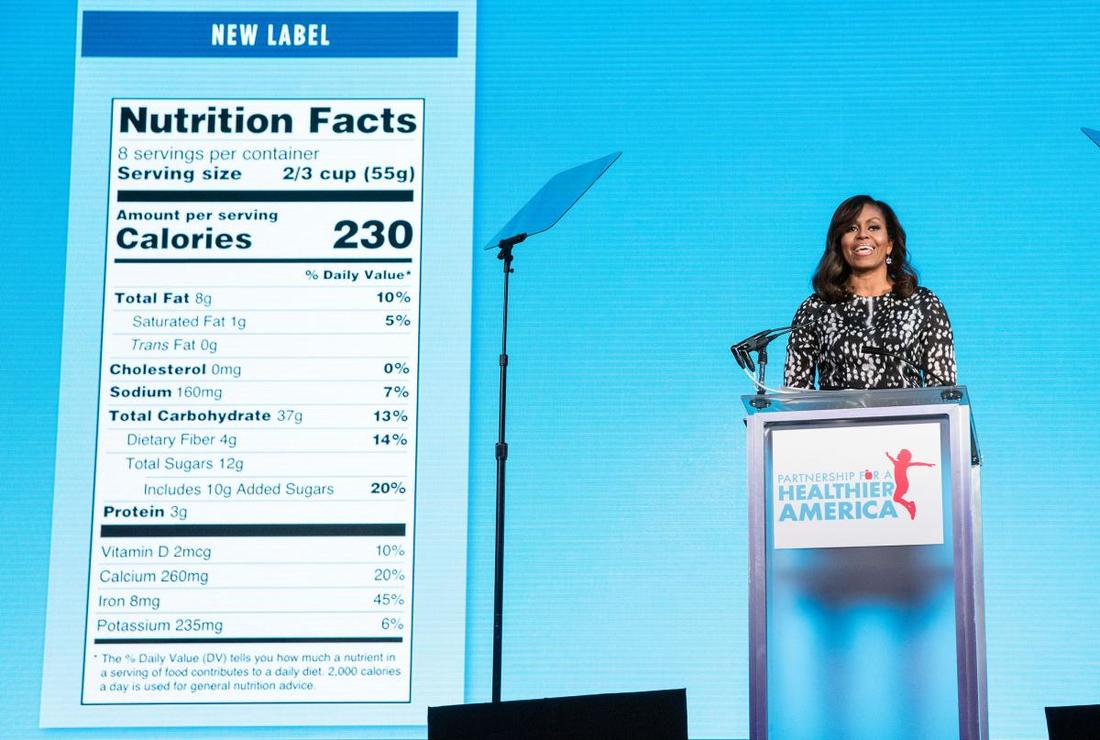|
If you’ve ever been fortunate enough to wander the aisles of a grocery store overseas, you may have been puzzled by the fact that eggs are stored out in the open, far away from the cooling power of the perimeter refrigeration systems. This was very alarming to me the first time I witnessed it - yet it’s a completely commonplace and well-accepted practice in most other countries. But why?
Recent years have seen several cities across the country adopting a soda tax in response to the looming obesity crisis. It’s too early to tell how well they’re working, but it’s clear that a fervent national debate has emerged around the subject with dogmatic supporters and outspoken critics. Seattle is the latest focal point of the conversation, and this time they’ve even managed to get one of their most famous homegrown brands involved -- Starbucks.
The rate of obesity amongst the American public continues to rise, and the Trump Administration must do its part to halt one of the nation’s greatest public health crises. However, President Trump’s Department of Agriculture and Food & Drug Administration have been sharply criticised for relying too heavily on the food industry to self-regulate -- an idea that has proved ineffective in the past. Heavy government mandates are also unlikely to unilaterally solve the obesity epidemic. Instead, a non-partisan and scientifically-focused advisory body that acts as a compromise between these two approaches could be a viable solution that contributes to the health of Americans as well as appeases industry and government concerns.
10/2/2017 The New Nutrition Facts LabelIf you’ve ever found yourself staring at the Nutrition Facts Label on the back of your cereal box in the mornings, you may have noticed that there are some new additions and deletions that have started to appear. The FDA officially announced these changes on May 20, 2016, but manufacturers have until 2018 at the earliest to comply.
Many shoppers have wandered by the butter section of the grocery store and picked up a container of “I Can’t Believe It’s Not Butter!” without ever questioning the contents of their choice. As it turns out, the exact ingredients of this butter substitute have changed since its inception in 1986 from partially hydrogenated oils (PHOs) to a concoction of various vegetable oils. This may seem like a very ancillary detail, but this switch reflects a long battle between health advocates, the scientific community, and the Food & Drug Administration (FDA) regarding the safety of trans fats.
|
categories: |





